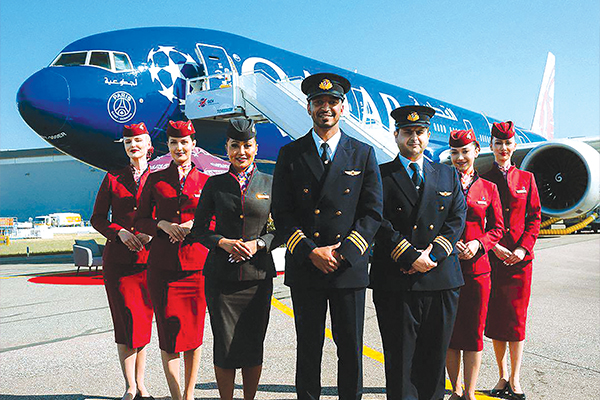By James Reade, Associate Professor of Economics, University of Reading.
Uncertainty is what makes sports entertaining. If you always knew who was going to win a match, that would be boring. In the 1960s, an economist called Walter Neale said that the New York Yankees prayer should be: “Oh Lord, make us good, but not that good.”
This “peculiar economics of professional sports”, as Neale described it, is why leagues, such as the English Premier League (EPL) and English Football League (EFL), exist. They are collections of teams of similar quality who regularly compete against each other.
The EPL is the top league in English football, a division of 20 teams, and sits above the football league, which consists of three divisions of 24 teams each. Between all of these divisions is promotion and relegation – the best teams move up, the worst teams move down.
This maintains a reasonable degree of similarity of teams in the different divisions. More importantly, it provides a significant amount of competition and entertainment, which is a crucial feature of English football’s popularity. With lower league clubs that rely on ticket sales on the brink of collapse because of the coronavirus pandemic, it is paramount that the far wealthier top teams step in to save them.
In the EPL, just 14% of revenues come from match days. The bulk comes from television deals and sponsorship. In the football league’s top division, the Championship, 21% of revenues come from match days, but it is significantly higher still in the two leagues below—over 46% for Bolton Wanderers in League One in 2017, for example.
Cash rich
With the government announcing that sport will have to take place without fans, indefinitely, a substantial revenue stream has been lost to these clubs. To survive, they desperately need financial aid. Why should the government bailout a sport that attracts television broadcasting deals in the billions?
The cash-rich Premier League, on the other hand, where teams have continued to splash millions of pounds on top global stars this summer, is the obvious source of aid. Chelsea just spent £71m on German midfielder Kai Havertz alone, for example. This is the equivalent of two Championship clubs’ average wage bills per year, almost half of all League One clubs, and almost the entire 24 clubs in League Two.
Manager of Premier League side Burnley, Sean Dyche, doesn’t appear to agree that the Premier League should help out the English Football League, however. Commenting on the idea, he said: “If you are going to apply that rule of thumb, does that mean every hedge fund manager that is incredibly successful, are they going to filter that down to the hedge fund managers that are not so successful?”
This line of thinking says football should be like any other business. Clubs should go to the wall if they aren’t successful, just like bad hedge funds go out of business. Clubs should merge, or the better ones should take over the less successful ones. Burnley should take over, say, Oxford United, a lower division team.
Yet in 1987, Burnley was 90 minutes away from relegation out of the football league altogether. They finished 90th out of 92 teams. Indeed, in 1986, Oxford United won the League Cup, and perhaps might have mounted a takeover of Burnley. Since then Burnley has enjoyed six promotions and three relegations. Oxford has fallen out of the football league in that time, too, and returned (five relegations, three promotions).
The Premier League without the intrigue of promotion and relegation would be a massively inferior product. Netflix even made a successful documentary series that followed the fate of Sunderland FC in the season after the club was relegated from the EPL. The initial idea was that Sunderland would be challenging to get promoted back to the Premier League, but in a fateful twist of events, the club was relegated a second time.
It wasn’t always this skewed
Historically, this dynamic relationship between the different leagues was better understood in the way that football was financed. Many measures have existed in the past to ensure solidarity. For much of the existence of the football league, member clubs shared revenues accrued from league matches played, and rules restricted the movement of players such that they would be equitably distributed across teams.
Revenue sharing was abandoned in the 1980s, however, and between 1961 and 1995 restrictions on player movements were dramatically reduced. In 1992, the EPL was formed as a breakaway by the top football league teams in order to capture more of the revenues in the game. The result has been an ever-widening financial gap between the EPL and the football leagues below.
Norwich City, in finishing top of the Championship in 2019, was awarded £7.1 million. In finishing bottom of the EPL in 2020, they were awarded £94.5 million. The graph below, taken from the published accounts of Premier League and football league teams since the second world war, shows the clear effect of these gradually relaxed restrictions. In the 1950s, the ratio of revenues in the second tier of English football was usually above 60%. In 2014, this ratio was 12%.
The EPL owes much of its charmed existence to the myriad leagues that exist below it, most notably the EFL, feeding it not just with new clubs each year, but new players, and endless romantic tales—rags to riches success and, equally dramatic, falls from grace.
Will it recognise that before it’s too late?
















